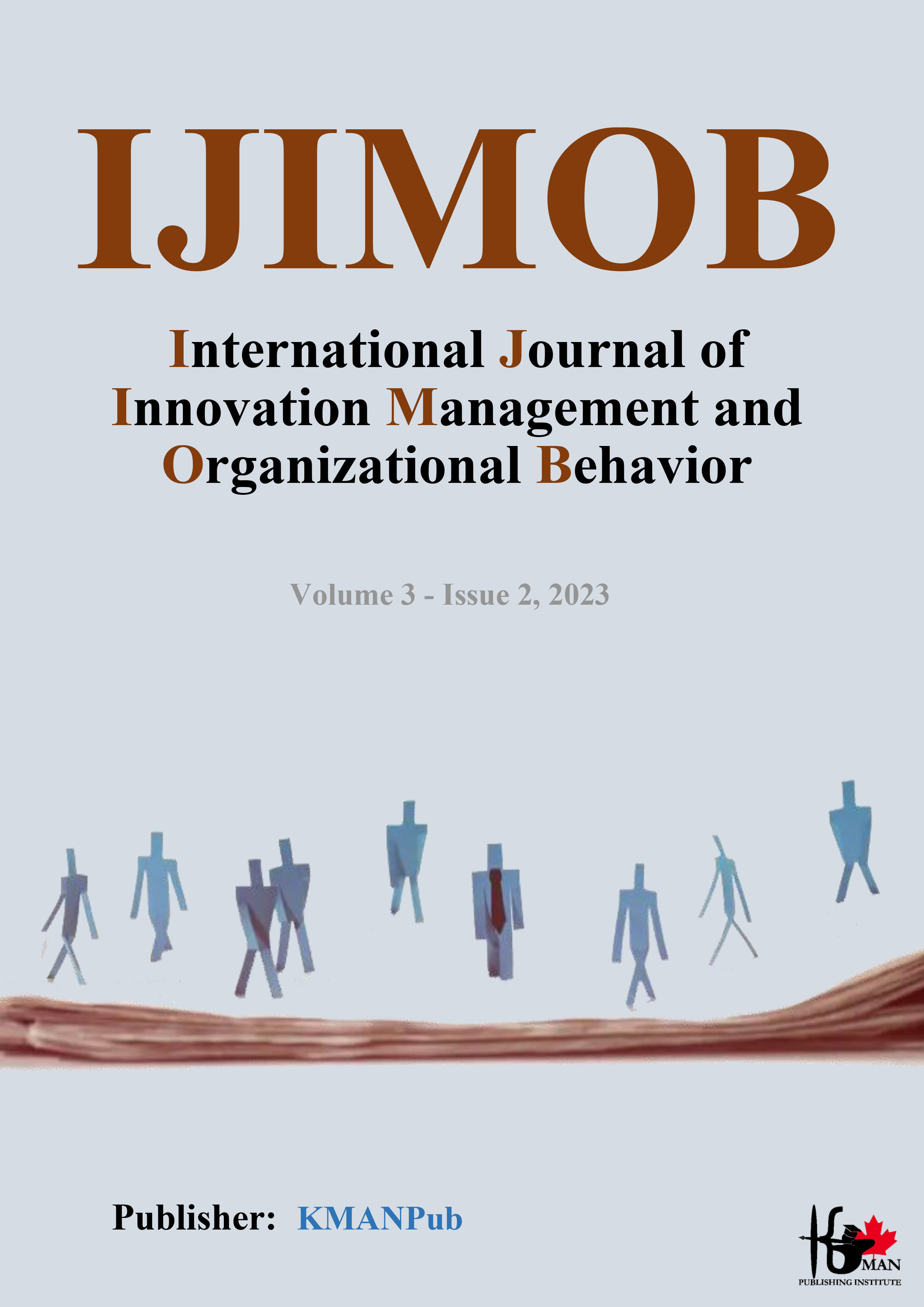Global Perspectives on Financing Higher Education: A Comparative Analysis
Abstract
Objective: This article aims to analyze and compare the various models of higher education financing across the globe, focusing on their impact on access, quality, and equity in higher education.
Method: In this narrative review, we systematically explore global higher education financing models through a comprehensive literature search in academic databases, focusing on publications from the past 15 years. This approach synthesizes diverse sources to identify key themes and trends in financing methods. The analysis contrasts these models across different geographic and economic contexts, aiming to provide insightful comparisons and a broad understanding of the global higher education financing landscape.
Findings: The research reveals that each financing model presents unique advantages and challenges. Public funding typically enhances access and equity but may face resource limitations. Private investment often improves quality and innovation at the risk of increasing educational inequity. Tuition fees can lead to quality enhancement but also raise concerns about student debt and access. Policy implications in each context are significant, with a need for balancing efficiency, equity, and quality.
Conclusion: The study concludes that financing higher education is a complex endeavor, requiring nuanced and context-specific policy interventions. It underscores the need for balanced and sustainable financing models that cater to the evolving educational landscape. The research highlights the pivotal role of higher education financing in shaping inclusive, knowledgeable, and innovative societies, suggesting future research directions focused on innovative financing mechanisms and adaptive policy solutions.
Downloads
Downloads
Additional Files
Published
Submitted
Revised
Accepted
Issue
Section
License
Copyright (c) 2023 Ehsan Ehteshamnejad (Author)

This work is licensed under a Creative Commons Attribution-NonCommercial 4.0 International License.
















